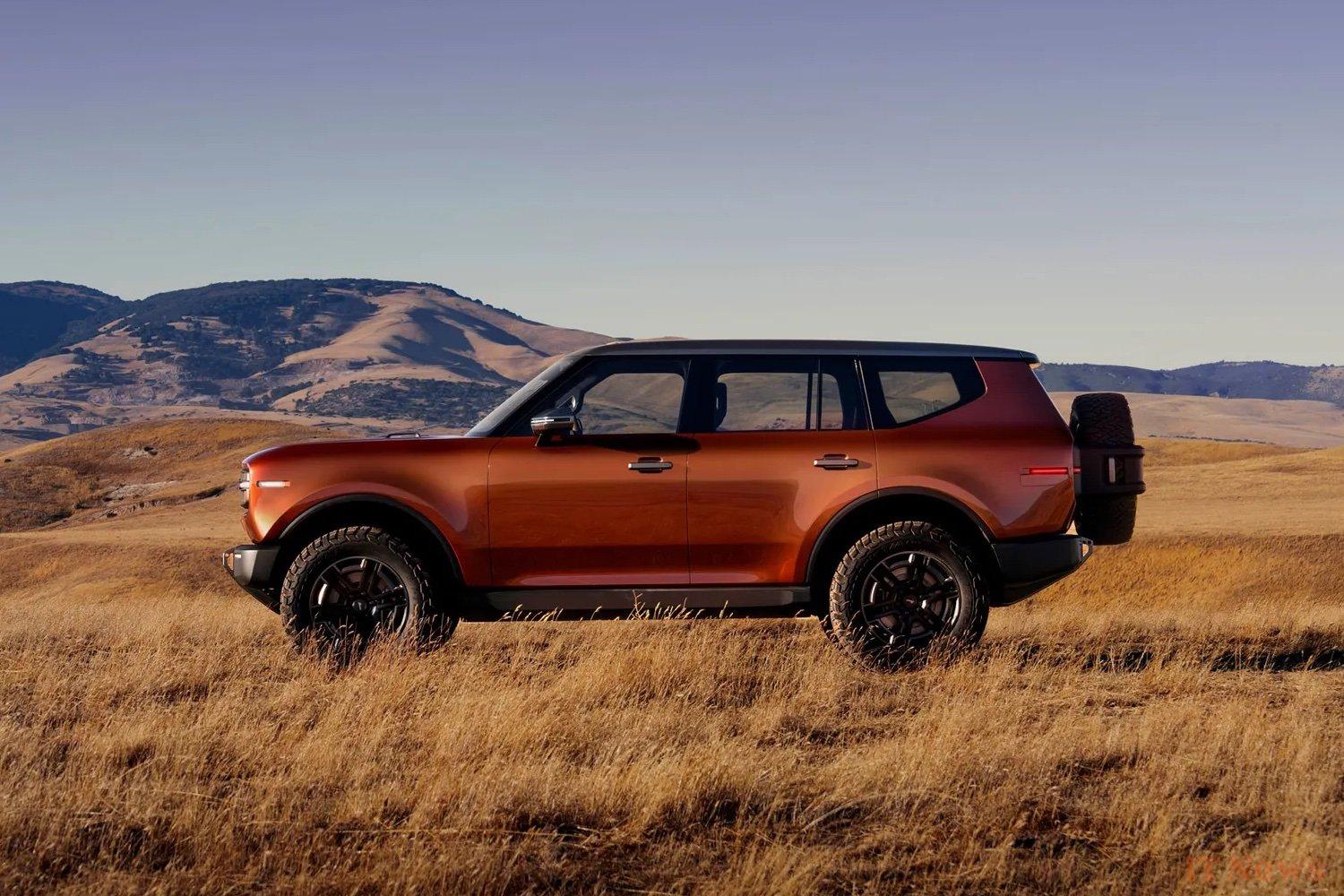In a constantly evolving automotive ecosystem, an acronym is gaining ground: EREV, for Extended-Range Electric Vehicle. These vehicles are based on a new type of hybrid technology. Like PHEVs (plug-in hybrids), they combine an electric motor with a combustion engine. But unlike conventional PHEVs, the gasoline engine in EREVs never drives the wheels: it only serves as a generator to recharge the battery and extend the range. The result: fully electric driving, with the assurance of not being left behind.
A new path for electric?
Volkswagen, through its American brand Scout Motors, is embarking on the adventure. The manufacturer has presented two models planned for 2027: the Terra pickup and the Traveler SUV. Both will be available with a range extender called "Harvester," a nod to the brand's American heritage (the name Scout comes from the International Scout, a legendary 4x4 produced between 1961 and 1980). Thanks to this system, the range climbs to more than 800 kilometers. Enough to appeal to fans of wide open spaces and boats that can be towed to the lake.
According to Scout, the Harvester system "is generating a lot of interest" and is already reflected in the number of pre-orders. Without providing figures, the brand assures that this option is meeting with "a favorable response" from consumers.
EREVs are not an absolute novelty. The concept was inaugurated in 2010 with the Chevrolet Volt, without much success at the time. But since then, the situation has changed, particularly in China, where the manufacturer Li Auto has focused exclusively on this technology. Result: 623,000 EREVs were sold there in 2023, an increase of 173% in one year. Today, most of the big names in Chinese electric vehicles, With the exception of Nio, have developed or plan to launch their own extended-range model.
As for Western manufacturers, Stellantis will market a Ram 1500 Ramcharger capable of reaching 1,100 km thanks to a V6 engine. Mazda already sells its MX-30 R-EV in Europe, and Hyundai is planning a model for 2027, with a range of 900 km.
This increase in power can be explained by a tense context: despite Despite the ambitions announced at the beginning of the decade, the 100% electric car remains expensive to produce, unprofitable for manufacturers, and its adoption still faces anxiety related to recharging. Infrastructure is progressing, but not fast enough. In this landscape, the EREV presents itself as a credible transitional solution.
"This type of vehicle can meet the needs of rural drivers or those who make long daily journeys," summarizes Gil Tal, director of the Electric Vehicle Research Center at UC Davis. More than just an "in-between," EREV helps alleviate fears without abandoning the momentum toward electrification.



0 Comments